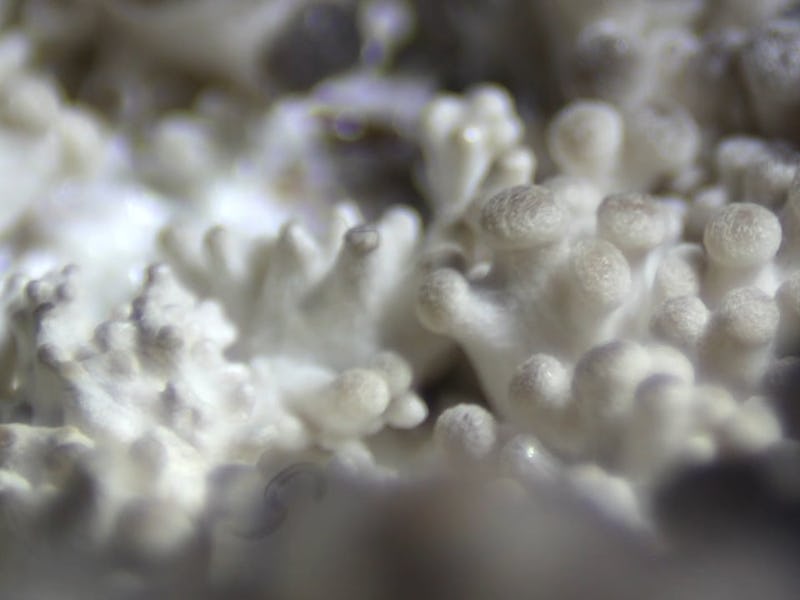"Fairy Godmother" Molecule Might Be Key Element in the Origin of Life
Scientists think they found the missing ingredient in the primordial soup.

In Earth’s early days, there was the so-called primordial soup, a cocktail of simple chemicals that somehow gave rise to life. Scientists have deduced that this soup must have contained the basic building blocks of your average cell — the precursors to proteins, nucleotide chains, and lipids — but they couldn’t figure out how these structures formed in the first place. It was clear their existence was dependent on the presence of a mystery compound that pulled all their individual parts together, but that compound remained elusive for a long time.
On Monday, chemists publishing in Nature Chemistry reported that they might have found the missing ingredient.
In their paper, the Scripps Research Institute scientists highlight DAP — short for diamidophosphate — as the molecule capable of performing phosphorylation, the chemical process so integral to forming the basic ingredients of the primordial soup. Phosphorylation is nature’s way of tacking inorganic phosphate onto an existing protein, which changes its function. It takes place in every living cell — whether in plants animals, or microbes — and is crucial to the ebb and flow of energy among the parts of a cell.
“It reminds me of the Fairy Godmother in Cinderella, who waves a wand and ‘poof,’ ‘poof,’ ‘poof,’ everything simple is transformed into something more complex and interesting,” said senior author Ramanarayanan Krishnamurthy, Ph.D., an associate professor of chemistry, in a statement.
A close-up look at a cell membrane shows all of its component parts. For a long time, scientists couldn't figure out how they assembled.
DAP appears to be the ‘missing link’ that allowed Earth’s simplest chemicals to join together into the short nucleoside chains, amino acid links, and lipid molecules that make up cells as we know them.
These three molecules respectively form the basis of DNA, proteins, and the cellular envelopes that enclose them, forming a cell. In their study, the researchers showed that DAP is capable of helping form all three of these molecules from a pool of the appropriate chemicals.
When tossed together with nucleosides and a common catalyst called imidazole, for example, DAP turned the nucleosides into short chains, which resembled RNA and DNA. When it got into a tub with amino acids and imidazole, DAP phosphorylated them too, helping them link into chains that resemble simple proteins. And when it was mixed with molecules of glycerol and fatty acids, DAP turned them into lipids — which self-assembled into sheets that folded onto themselves and resembled cells.
Some scientists, including Darwin, believe that life originated in 'warm little ponds.' It seems likely that DAP was swimming among the other chemicals that gave rise to life.
“With DAP and water and these mild conditions, you can get these three important classes of pre-biological molecules to come together and be transformed, creating the opportunity for them to interact together,” Krishnamurthy said.
While the discovery of DAP may help clarify some mysteries about life’s origins, it will inevitably lead to even more questions. Most pertinent to the new study, of course, is where DAP came from to begin with. Some scientists believe that, while some of life’s building blocks undoubtedly assembled here on Earth, others may actually have arrived onto Earth’s ‘warm little ponds,’ fully formed, after hitching a ride on an asteroid. Others believe life originated not in water but on land. Seeing as scientists have about 3.8 billion years of life to reverse-engineer, there’s a chance we may never actually know.